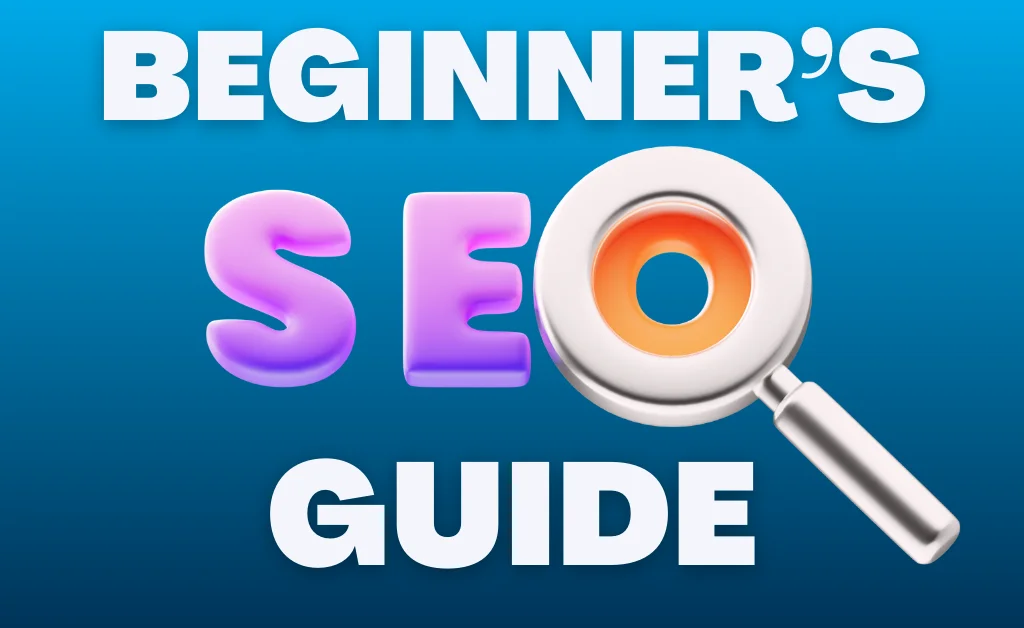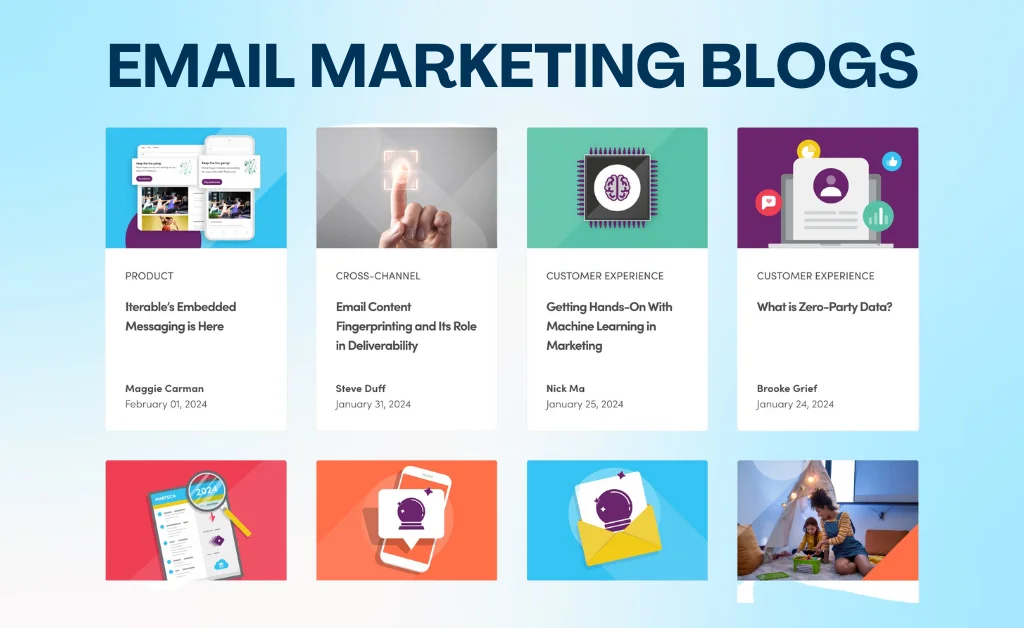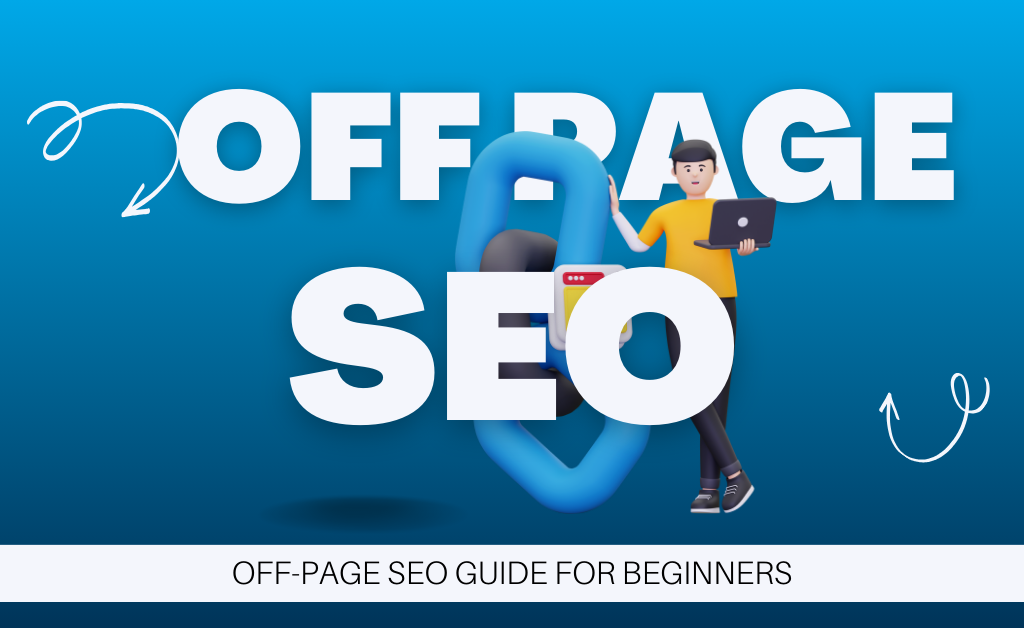I. INTRODUCTION: GUIDE TO SEO
The Only Beginner’s Guide to SEO you will ever need, this is a comprehensive latest 2024 step-by-step Google SEO Guide to rank number #1.
What is SEO?
SEO stands for Search Engine Optimization, which helps rank blogs or sites organically without spending a single penny on popular search engines like Google, Yahoo, Bing, etc., using some techniques.
Why is SEO Important?
SEO is very important to rank your articles, bring leads, and drive more traffic by giving ranking signals to Google, like backlinks, keyword research, relevant images, helpful Content, etc.
Just Chill: we will discuss these topics further.
According to stats, 80% of people clicks on organic results, and other click on ads results.
So, you can think about how important SEO is for your Business and blogs.
II. GETTING STARTED WITH SEO

Understanding Search Engines
To understand search engines (most probably Google because it captures 83% of the market), complex algorithms are used to rank articles on the top 10 searches for that keyword.
Search Engines continuously scan & index sites based on relevant keywords, user experience & content quality.
How Search Engines Work
Search Engines are like a vast library of the Internet, where they crawl & retrieve information to satisfy user-related queries.
The step begins with web crawlers, which index & follow the links they discover.
Once indexed, it evaluates using different complex algorithms ( keyword relevance, content quality, user experience, backlinks, etc).
Search Engines do their best to serve relevant & best results to users by using these algorithms wisely.
Information should also be updated regularly so that Search Engines stay updated with the new articles or content.
III. ON-PAGE SEO
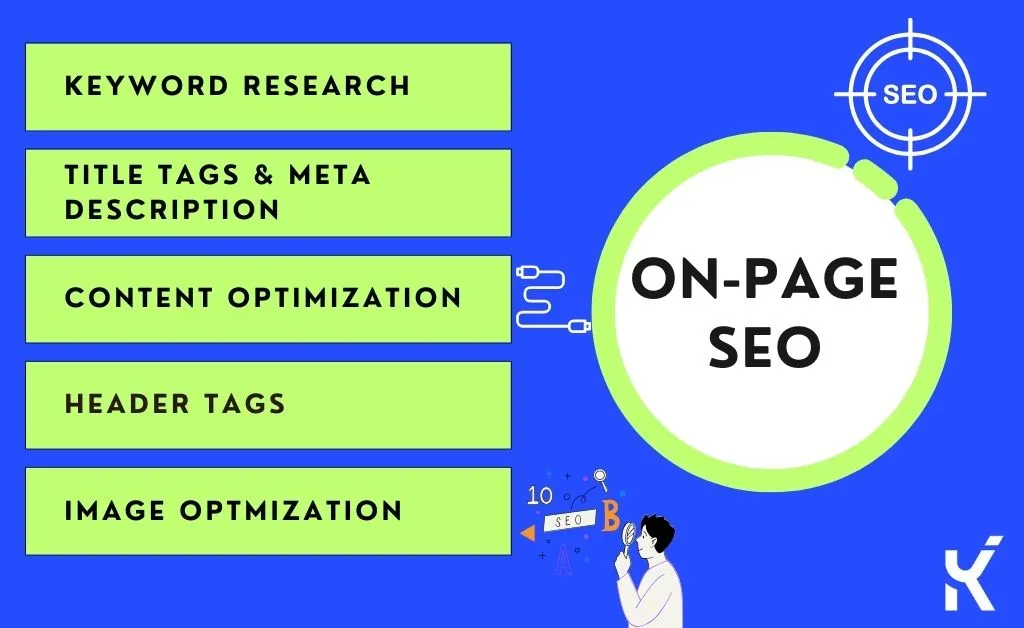
Keyword Research
Keyword Research is the essential step in the SEO Guide factor.
It would help if you found the right keyword for your site to rank your articles.
So let’s dive into more about keyword research:
1. Choosing the Right Keywords
After finding the keyword research, how can you find the right keyword for your Content?
You have to understand your audience & their search intent.
There are different search intents:
1. Informational: The user wants to find more information about something (e.g., “How many types of Pizza Domino sell?”)
2. Commercial: The user research about something before buying (e.g., “Best Veg Domino’s Pizza”)
3. Navigational: The user wants to navigate to a specific page. (e.g., “Domino’s login”)
4. Transactional: The user wants to perform some purchase action. (e.g., “Buy Domino’s Pizza Online”)
Choosing low-competition keywords for your blogs will help you rank on Google quickly.
Regularly monitor your targeted keywords and their performance on the search results; based on that, you can also make more articles related to those keywords.
2. Long-Tail Keywords
The second most important for blogging beginners is to use Long-Tail Keywords.
For example, if you target “Best Cameras,” you should go for the long tail keyword “Best Cameras for Youtubers Under $500” instead of the short tail keywords.
It will help you rank the articles better on Google Search Results because many big companies & agencies target short-tail keywords as it has more traffic.
But, if you start with long tail keywords, your chances to rank increase. Yes, you will get low traffic, but you will also get high CPC because you target a specific group.
As you target long-tail keywords, you should also see that your article is ranked for short-tail keywords if your article is well-written, engaging & getting traffic for other keywords.
3. Keyword Tools & Resources
After deciding about targeting long-tail keywords, the question arises.
How can I find low-competition keywords?
Don’t worry; numerous tools are available to help you find the right keywords. Below is a list of some famous Tools that are free & paid that people use to find keywords for their businesses & blogs:
Free Tools:
- Google Keyword Planner
- Google Trends
- QuestionDB
- AlsoAsked
- AnswerThePublic
- KeywordTool.io
- Ryan Robinson’s Keyword Tool
- Google AutoComplete
- Glimpse
- Soovle
- GetKeywords
Paid Tools:
- AHREF
- SEMRush
- SpyFu
- Moz
- Keywords Everywhere
- KWFinder
- Ubersuggest
Title Tags & Meta Descriptions
Let’s say you are searching for a Mobile Phone Under $300.
There are multiple search results shown by Google, one of which was Titled ” Best Mobile Phones Under $300” and another “Top 10 Mobile Phones Under $300“.
Which is the more clicky Title?
Yes, the second one is more; we must decide more accurately on Titles.
Just like Meta Description works, it tells Google about relevant keywords and small information precisely to rank your article.
Tip: Include your target keyword in the Meta Description to increase the ranking chances.
1. Crafting Compelling Titles and Descriptions
Backlinko states the average CTR on the #1 organic result is about 27.6%.
So, crafting attractive Titles and descriptions influences Search Engines, which attract a user to click on your link.
Your Title should be 40-60 characters, increasing CTR; remember it should be within limits, which will decrease your chances of ranking higher on the search results.
Don’t unnecessarily add multiple keywords to your titles; they should be relevant for the user, capture attention & align with user search intent.
What NOT to Use:
Title: ” Article about Home Workouts”
Meta Description: “Read this article about home workouts for beginners”
Why: Use a few generic titles & descriptions and lack specific keywords. They do not provide a compelling reason for users to click on the link.
What to Use:
Title: ” Get Fit at Home: Easy and Effective Workouts for Beginners “
Meta Description: ” Challenge yourself for 30 Days with these simple & effective home workouts for beginners.”
Why: ” This Title is specific, including relevant keywords like “home workouts” and “beginners.” Meta description clearly provides what the article covers & calls to action to entice clicks.
Content Optimisation
Writing Content is not only required to rank on Google; you must optimize it with High-Quality Content and Nice Presentation for optimal readability and engagement.
1. Creating High-Quality Content
Everyone says to write high-quality Content, but what it seems to be.
Let’s find out.
High-quality Content is valuable information to the user by fulfilling the user’s knowledge by providing to-the-point information.
It’s not about writing a 2500–3000-word article; it’s about quality, relevance, authenticity & real value you provide to the audience to gain their trust.
2. Optimizing for Readability
Suppose you are reading an article full of text no images, no descriptive headings, & and the font is not readable.
Will you read the article?
From my perspective, I will say No because these need proper headings or images and are readable; with these, it will be exciting.
The goal is to keep the Content easily scannable, where users can grasp the main points quickly.
Use bullet points, short paragraphs, proper images, infographics, or data to enhance the article’s readability.
3. Optimizing for Engagement
Engagement refers to how the users are reacting & interacting to your Content.
Encourage users to connect with comments, social media shares, & calls to action within your content.
Adding interactive elements such as quizzes, polls, or embedded multimedia (such as YouTube) to make the content more dynamic.
This will signal to Google that the user is spending time on the content & loving the content, which increases your visibility on the search results.
Header Tags (H1, H2, H3, etc.)
Header Tags are like the father of HTML, meaning they manage to structure the article using Headings (H1, H2, H3 & more..), which improves the overall readability & SEO performance of the content.
1. H1 - The Main Heading
What if you read an article without its primary heading? How would you know what the article is all about?
Here, H1 tags represent the primary heading of the content, which can be said the Title.
It informs the Search Engine algorithms by signaling the main topic or theme of the page.
Making the H1 tag more relevant, descriptive, and concise would be best.
2. H2-H6 - Subheadings
Other Header tags are subheadings for the article. H2 defines section headings, while H3, H4, & more.. are used for subsections with sections.
These will help your article be in a hierarchical or proper structure.
It provides a clear & organized format for both search engines and readers, making it easier to understand the content’s flow.
Image Optimization
If you visit a site opening in 10-15 seconds, will you patiently wait for it or go to another site?
I will go back and move on to the next site.
This tells Google that this site is not user-friendly as it is taking too long to load, and it will boost another site’s ranking, which is loading too fast.
Here comes the part of Image Optimization, which means to enhance & fine-tune images to balance the visual appeal and website performance.
These are some important tips you can apply to your site for optimizing images:
- Choose WebP image format for your site, as it is more Google-friendly.
- Compress images using WordPress plugins or manually do it online.
- Resize the Images, which is necessary for the site perspective.
- Always give alt Image text, as it boosts to rank your images on Google.
- Use a lazy loading feature & responsive design for your site.
IV. OFF-PAGE SEO
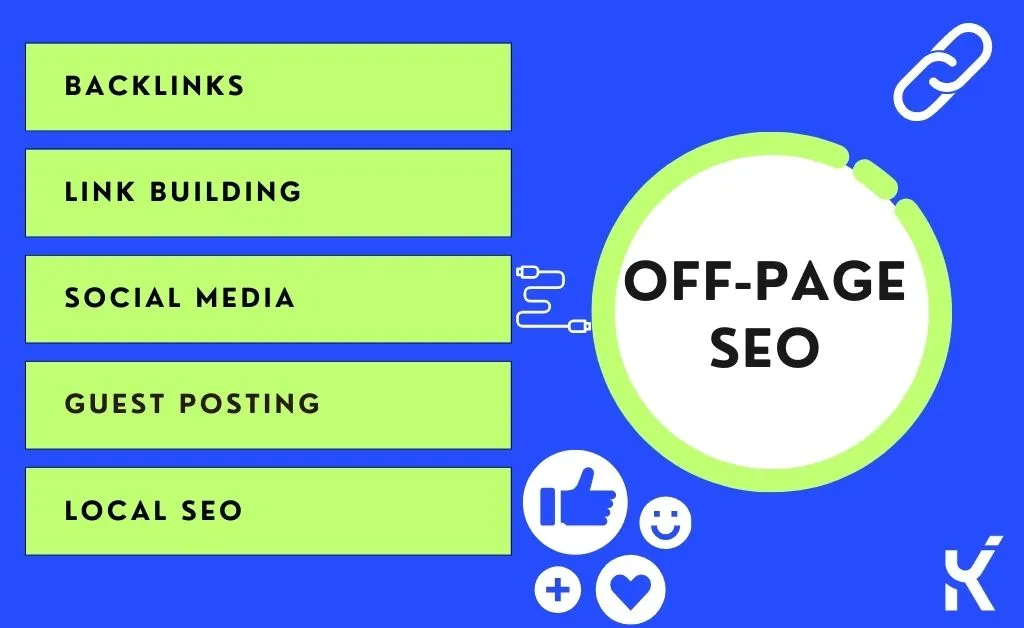
Backlinks and Link Building
Everyone needs backlinks to rank their site on the first page of Google.
But What exactly are backlinks?
Suppose you are writing an article containing statistics or data from another site and add that statistical site’s link to your article for reference.
Then it signals to Google that many articles are using this statistical link, which means it is Good and will boost the rankings of that statistical site.
The more other sites use your links for reference, your ranking will rapidly increase.
It’s not about getting many links from another site; it’s about getting the right links for your site.
1. The Value of Backlinks
Backlinks are important to rank your site higher on Google, but not all backlinks are equally valuable for your site.
A valuable backlink is a link that targets your niche content.
For example, If you want to rank your tech blog on Google and get a backlink from a fashion blog, it will not benefit your site to rank higher. It would help if you got a backlink related to your niche.
2. Building High-Quality Backlinks
So, you have understood about backlinks. But how can you get those for your site?
Let’s find out.
You can get backlinks by performing 3 things:
- Creating it
- Buying it (Against Google Guidelines)
- Earn it
These are some popular & practical methods to build high-quality Backlinks:
- Guest Blogging:The blogger writes content and gives a link to another person’s site’s link within the content or in the author bio section; for this, the blogger charges some amount.
- Broken Link Building:You need to find a dead page with valuable backlinks and create a page on the same topic, asking the same people to link to your page instead of the dead page.
- Skyscraper Technique:It is the best way to get high-quality backlinks. Write down high-quality, better, and more valuable content for the user than existing content in your niche. Then, reach out to those who have linked to your competitor’s content, encouraging them to link to your improved article version.
- HARO:HARO stands for Help A Reporter Out, which helps connect journalists (asks for opinions, quotes & info on various topics) and bloggers with expert sources. If they like your content, they will link you to the leading media sites.
3. Avoiding Toxic Backlinks
Not all backlinks are relevant to your site; you must avoid getting toxic backlinks that can affect your site’s rank on the Search Engine.
What are Toxic Backlinks?
Toxic Backlinks are harmful, irrelevant, & untrustworthy links from external sites that can impact your site’s SEO (Search Engine Optimization) and can be penalized by Google.
Check these characteristics of Toxic Backlinks:
- Low-Quality or Spammy Sites
- Link Farms (groups of sites made to affect popular sites)
- Irrelevant Anchor Text
- Paid Links
- Malicious Sites
Social Media and SEO
Social Media and SEO can help to build your website’s authority & image in the eyes of Search Engines by getting more mentions and links from other sites.
1. Leveraging Social Platforms
Social platforms help bloggers to reach a more vast audience & potential users and promote the content.
It will help them generate more social shares, increasing website visibility and traffic.
You can also catch up with social media influencers in your niche to promote your blog or website.
2. Social Signals and SEO
Promoting your content on social media gives some traffic to the blog, which signals to Google that people like the content.
As a result, Google thinks your blog is popular & relevant; it ranks your content at a much higher speed and top of the targeted keyword.
If your blog content goes viral, generates more shares & attracts the attention of many social media users, you will naturally get a lot of backlinks from other websites.
V. TECHNICAL SEO
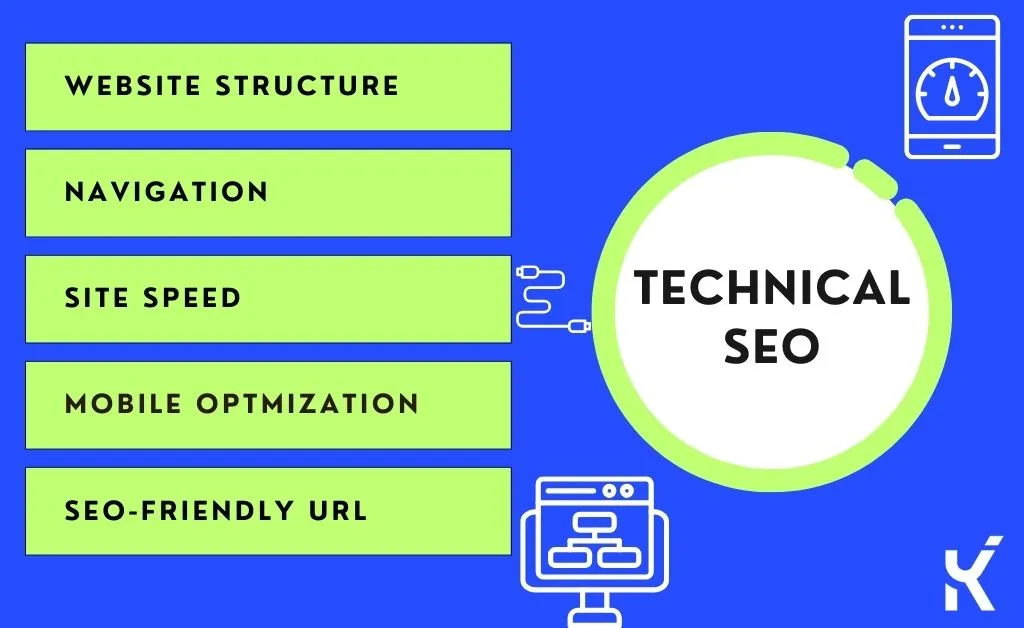
Technical SEO is a simple process of improving your blog or website structure to be easily crawlable, understandable, accessible & indexable to search engines.
If the site’s whole infrastructure is simple and easy to understand by the search engines, it can improve your site’s presence and performance in organic search results.
Website Structure and Navigation
Consider a website selling shoes online. It has a nice and beautiful homepage, including categories like “Sneakers,” “Loafer,” and “Boot and also has subcategories of them. It also has a different structure for Mobile Phone users.
This structure shows a clear and logical site flow that is easily trackable for search engines.
So, website structure and navigation are significant from the user and search engine point of view.
1. Creating a User-Friendly Website
A user-friendly website is nothing but structuring your site or blog right so users can access it easily without confusion.
By creating logical and hierarchical pages solves the user’s 90% navigation problem.
Make the site responsive so it can be equally adapted to different devices screens like tablets, phones, and desktops.
2. Sitemaps
Sitemaps are simple HTML and XML blueprints or structures where all the pages, posts, tags, and categories are linked to one place.
It helps to communicate better with search engines, which helps to connect your site’s content automatically.
Site Speed and Mobile Optimization
Suppose you are searching for “Best shoes for a party,” and you click on the link, which is taking too long to load and is also not mobile-friendly.
Will you wait or navigate to another site?
Most of us will navigate to another site, which gives a negative signal to Search engines for that site because of page speed. That leads to the site dropping in rank from Google.
That’s why website speed and mobile optimization are vital in technical SEO.
1. Improve Page Load Speed
Improving page load speed can save potential users from skipping your site from the search results.
A fast-loading web page ensures that users can access the information quickly, contributing to a positive ranking signal.
Here are some tips you can use to improve your page load speed:
- Compress images to reduce their file size.
- Use Cache plugins and minify and combine unnecessary JavaScript & CSS files.
- Use Content Delivery Network (CDN) like Cloudflare.
- Reduce server response time.
2. Mobile-Friendly Design
Use mobile-friendly themes so that it can be responsive to different devices.
It aims to show the site design differently on mobile devices, but its functionality will be the same.
Use the Simplify menu and navigation (icons, drop downs, or off-canvas menu) to save space and reduce clutter.
Creating SEO-Friendly URLs
Google loves simple & friendly URLs for better rankings of the blog.
Slug is the most important part of the URL, which comes after the domain name.
Eg. mixedniche.com/Guide-to-SEO
Perform these best practices to make your SEO-friendly URL:
- Do not use special characters, numbers, and unnecessary keywords in the URL.
- Make it readable & lowercase and replace spaces with hyphens.
- Use targeted keywords in the URL, which helps rank faster in Google.
Canonical Tags
Search engines use Canonical Tags to solve duplicate content issues on websites to specify the main version of the webpage.
Below is an example:
Canonical URL: mixedniche.com/blog
Alternate URL: mixedniche/blog/?page=1
VI. SEO TOOLS AND RESOURCES
Using the right SEO tools and resources helps you rank your content faster than Cheetah.
Many pre-made SEO tools will help you find keywords, find backlinks, analyze competitors, track performance, etc.
Here are some reputed and famous SEO Tools:
- Ahref
- SEMrush
- Google Search Console
- Google Keyword Planner
- Google Trends
- Similarweb
- Ubersuggest
- Google Analytics
- MOZ
- Spyfu
Google Search Console
If you need to track keywords and monitor the site performance for free, then Google Search Console is the best among all SEO tools.
It also informs you about issues, gives a guide on how to fix them, and gives tips to make your site more visible on Google Search results.
This is the most used Website tracking tool by every blogger or website owner.
Google Analytics
How will you track how long the user spends on your blog, which content he likes, what the bounce and conversion rates are, and where they are coming from?
You can do all this in Google Analytics, which is a free web analytics tool by Google for bloggers and website owners.
You can make key improvements by making decisions based on analyzing your site’s data and making the user’s experience more meaningful.
SEO Plugins and Extensions
Now, bloggers don’t have to do manual SEO tactics to improve their blog presence on Google.
They need to install the plugin & extensions according to their need, and voila, your job will be done.
Popular CMS like WordPress have plugins, such as RankMath, Elementor, etc., providing user-friendly interfaces, which help bloggers perform best SEO practices without coding or backend knowledge.
You can also use many SEO-related Chrome extensions like Similarweb, Wappalyzer, and Grammarly, which help you blog in daily life.
Wrap Up
Finally, I made this guide with my whole experience. I have covered all the important topics that every blogger needs to implement on their blogs. From basic SEO definitions to SEO tools and resources, I have got it all covered for you.
But I tell you that if you want to succeed in your blogging journey, you have to start writing original content and keep patience; you will achieve great results. So, this is the wrap-up of the SEO Guide.
Please comment below if you need further help; I will surely help you as soon as possible.

